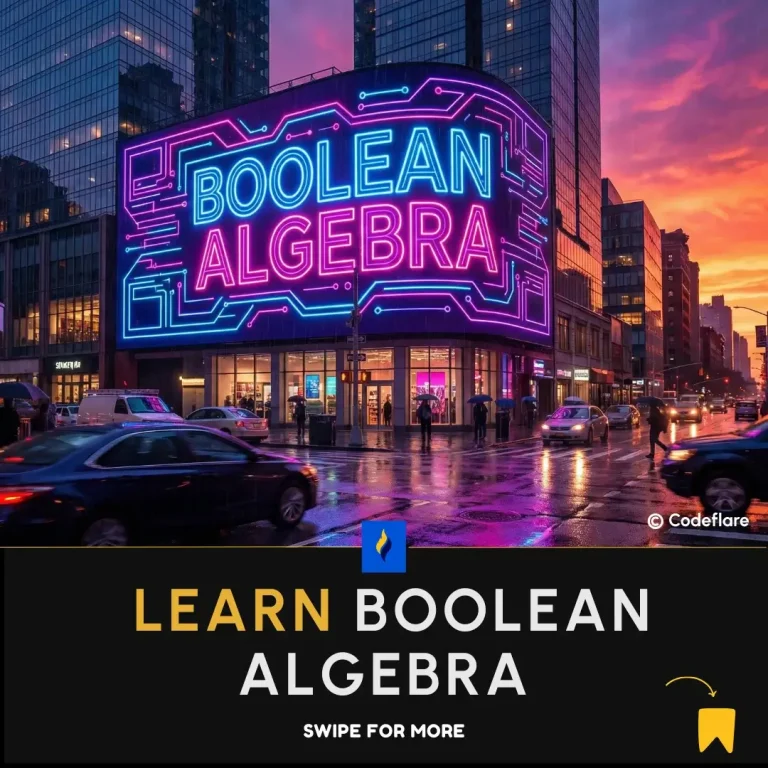
MEAN Stack is a word that has recently gained popularity in the field of software development. It is a well-known technology that has been frequently used by developers to create online apps.
In this post, we’ll look at what Mean Stack is, what it can do for you, and how it can help you enhance your software development education.
What Does MEAN Stand For?
The term MEAN Stack stands for MongoDB, ExpressJS, AngularJS, and NodeJS. These four technologies combine to produce a robust web development platform. MongoDB is a NoSQL database for storing data, and ExpressJS is a lightweight framework for building web apps. AngularJS is a front-end framework for creating dynamic user interfaces, whereas NodeJS is a server-side runtime environment for running server-side code.
Advantages of MEAN Stack
One of the most significant advantages of Mean Stack is that it is an open-source technology. This implies that developers can freely use, change, and share it. Because it is open-source, it has attracted a significant developer community that contribute to its development and share their experience.
Mean Stack also has the advantage of being a full-stack technology. It may thus be used to create both the front-end and back-end of a web application. This allows developers to design a whole web application without needing to understand several technologies.
Mean Stack is also well-known for its adaptability. It is modular in nature, which means that developers may simply add or remove components based on their requirements. This enables developers to construct web apps that are particular to their needs.
How Can MEAN Stack Help You in Your Software Development Journey?
So, how can MEAN assist you in furthering your software development education? For starters, it is a commonly utilised technology in the business. Learning MEAN will provide you with skills that are in high demand among employers.
MEAN Stack will also help you become a more flexible developer. You will be able to work on both the front-end and back-end of web apps because it is a full-stack technology. This will broaden your skill set and make you more valuable to future employers.
Furthermore, The MEAN path is a continually growing technology. The developer community that contributes to its development is continually trying to enhance it and add new features. This implies that by studying Mean Stack, you will be able to keep up with the newest web development trends and breakthroughs.
How Can You Begin Your MEAN Journey?
So, how can you get started with learning Mean Stack? There are many resources available online that can help you get started. For example, there are online courses and tutorials that are designed specifically for beginners. These resources will help you to learn the basics of each of the four technologies that make up Mean path, and how they work together to create a web application.
Working on projects is another excellent method to learn MEAN Stack. This will provide you with hands-on experience with the technology and will aid in the development of your abilities. To obtain experience, you might look for tasks online or work on your own.
Working on projects is another wonderful approach to learn MEAN Stack. This will provide you with hands-on experience with the technology and will assist you in developing your abilities. To obtain experience, you might look for projects online or create your own.
Conclusion
MEAN Stack, in conclusion, is a strong web development technique that is extensively utilised in the business. It is a full-stack open-source technology noted for its flexibility and adaptability. By taking the MEAN path, you will be able to equip yourself with skills that are in high demand by many businesses, as well as keep up with the current trends and breakthroughs in web development. MEAN Stack is a technology that is absolutely worth examining as part of your software development course, whether you are a novice or an experienced developer.

Latest tech news and coding tips.



